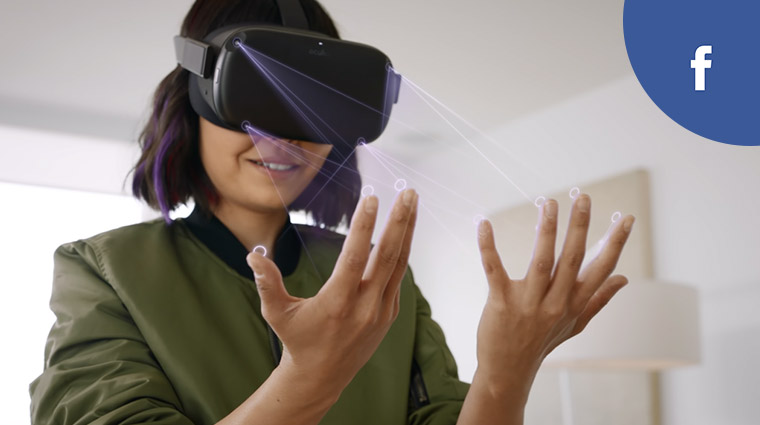Facebook has jumped onto the virtual reality bandwagon a long time ago and it has experimented with VR quite a bit. The company managed to build hardware that was fairly successful with the OS of Oculus devices. Oculus is among the top names in virtual reality like Cox TV packages is in the cable and telecom industry. The social media giant has also released several VR apps but none of them have been amazing.

Apart from the feature flaw, most VR users don’t have a ton of friends owning VR headsets. Hence, users never really had a great reason to use these apps. The company took an awful amount of time to realize that a dedicated social app does not make sense in VR.
Introducing Horizon Workrooms
The good news is Facebook didn’t give up. The company has finally made a virtual reality app it can proudly talk about and it’s called Horizon Workrooms. It’s in the beta phase right now but you can learn all about it in this blog.
Just recently, the giant carried out a beta test of the app on the Oculus Quest 2 VR headset. This app allows remote workers to collaborate in the same virtual space by existing as avatars. According to the CEO of Facebook, Mark Zuckerberg, we shouldn’t really have to be physically present for brainstorming and collaborating.
In the test, Facebook showed how users of the app can design avatars of themselves, collaborate and share documents and create whiteboards in the virtual conference rooms. They can do that from their desk and computers at home. The app also lets you pin images from your PC on the whiteboard and let your colleagues review them.
How Much Does It Cost?
These workrooms are designed to help us create expressive and more natural social experiences. It’s easier to switch between tools like your PC, keyboard, and controller. Right now, the app makes it possible for 16 people to meet in the VR realm, and up to 50 video participants are supported. Wait, there is a catch. This app is not available for everyone. It’s free but you can only access it via the Quest 2 headsets, which carry a price of €250.
In case you are wondering, Facebook said it won’t use your conversations or workroom material for target ads. Facebook itself is using workrooms for its internal meetings. The app is designed to give us a good sense of how metaverse is envisioned.
The Futuristic Metaverse Is In Progress
This latest launch is the first step by the giant towards building a metaverse. It’s short for meta-universe, which is a digital world where virtual and real realities merge and create a sci-fi vision. It allows people to communicate and move between devices. It’s a combination of AR and VR products and services. metaverse creates cyberspace along with a physical reality for people to interact in their avatar form.
Metaverse is not new. This concept was first mentioned in a science fiction novel of 1992 called Snow Crash written by Neal Stephenson. Today, many video game communities have already launched embryos of Meta universes. Examples include Roblox and Fortnite. Zuckerberg mentioned this metaverse would be the next-gen of the internet. A special product team is working on developing his ambitions.
That’s not all, Facebook is also working on creating a wristband that will allow people to control their devices by gestures.
Who Is It For?
The app is geared towards employees who are still working from home. If it had been launched earlier in the COVID pandemic, it may have received a bigger boost. Nevertheless, it can still address the problems of tech-savvy offices by offering them a meaningful way to collaborate in the remote setting. Remember, the app isn’t social but it approaches social communication in the virtual reality environment in a more meaningful way than other apps out there, including Facebook’s social media apps.
Facebook is expanding Oculus like it is building the next-gen smartphone. What’s interesting is that despite being announced almost 2 years ago, this VR social platform is still in its beta zone. If Facebook’s vision comes true, it is likely to become a Roblox of user-created group activities and replace and might even replace its native app mobility for providing a more fluid experience to its users.
